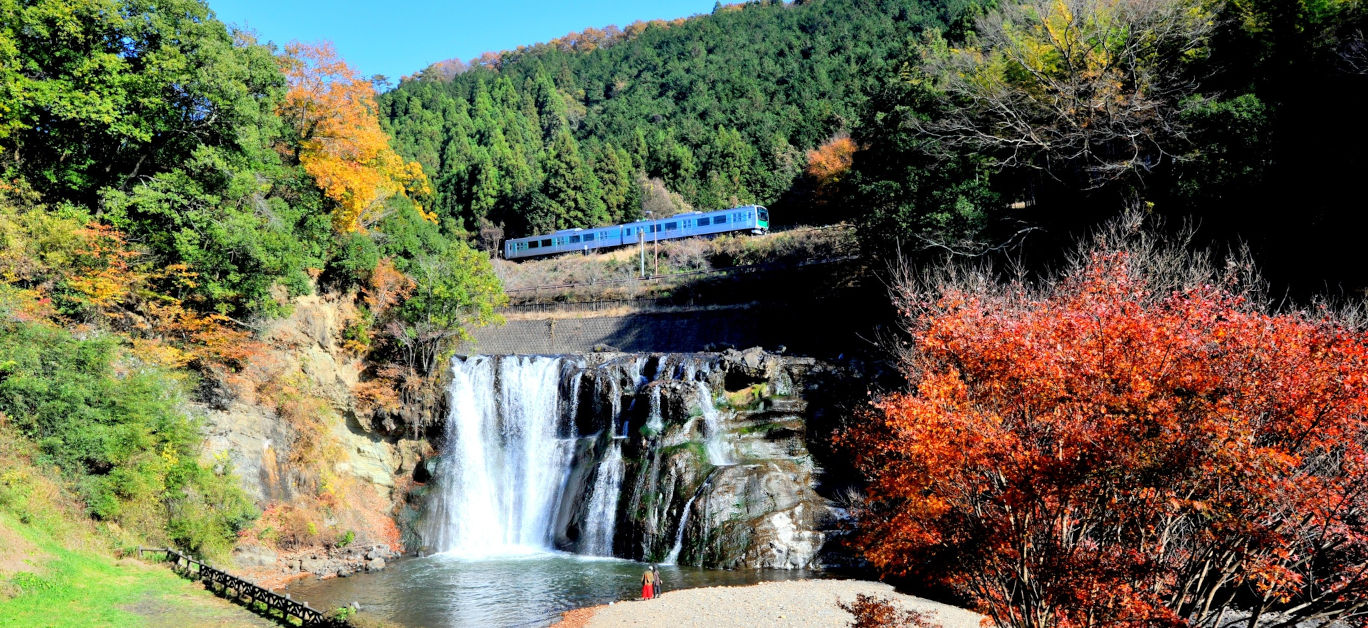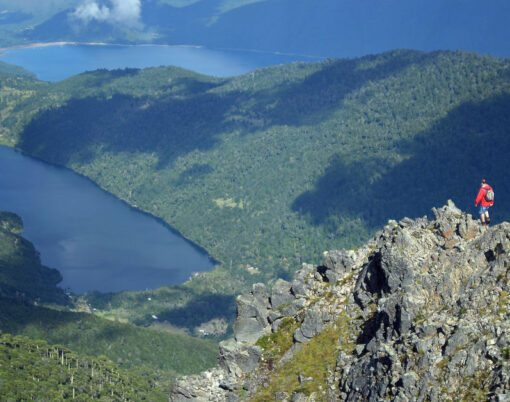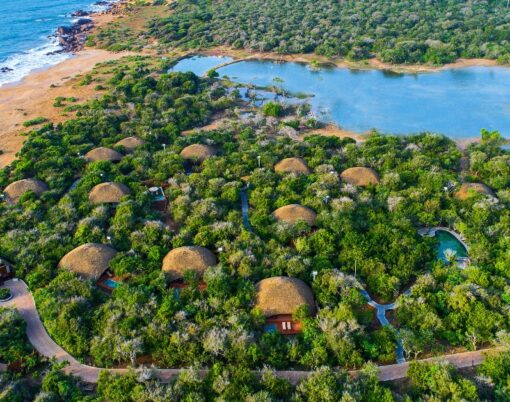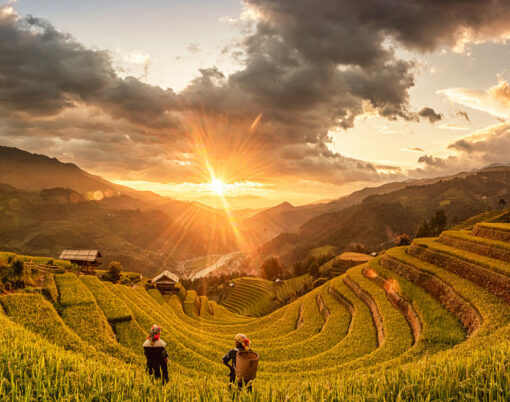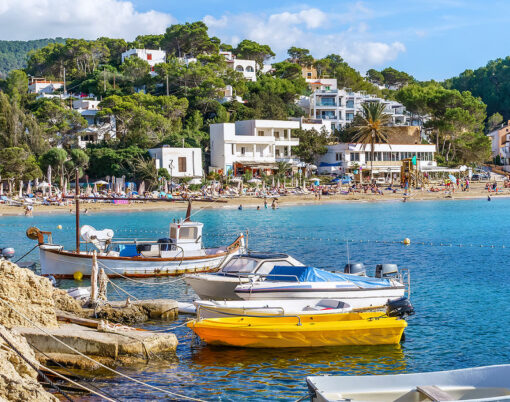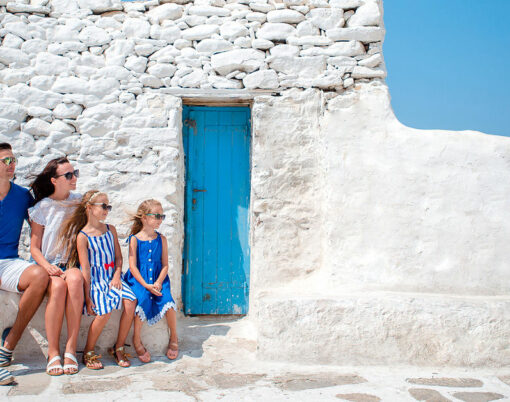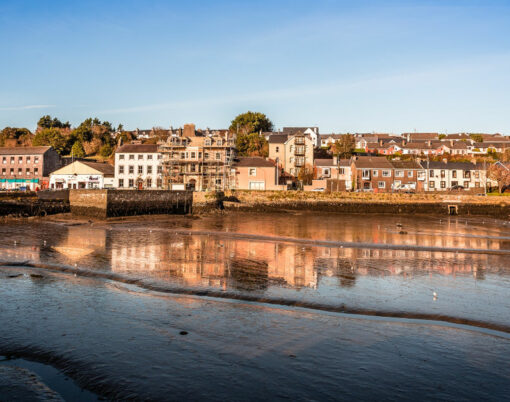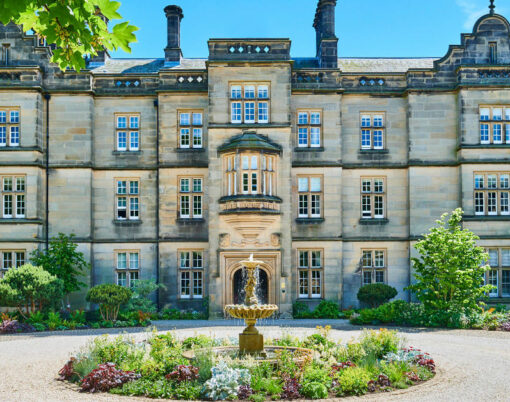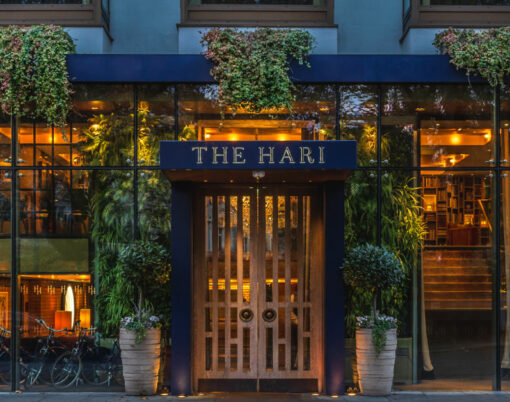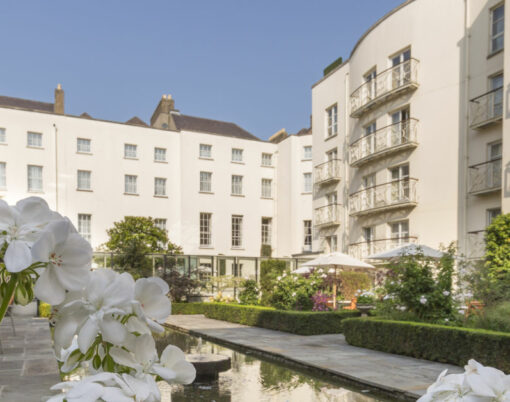Japan’s Tochigi prefecture is perhaps not the first place that comes to mind when you think of visiting this vibrant country, but often the hidden gems are the very best and offer the most authentic cultural experiences, which is certainly true in this case.
Awash with breath-taking natural beauty and accented with cascading waterfalls, meandering rivers and trickling streams, the prefecture is located in the northern Kantō region reachable in one to two hours from Tokyo by train, making it highly accessible and the perfect place to escape the hustle and bustle of the big city for a few days. And from Nakagawa Town to Nasukarasuyama City and Tochigi City, there are many intriguing destinations to explore that promise to instil a sense of calm after a busy few days that have no doubt been filled with travel.
After a hectic long-haul flight, the Tochigi prefecture is an idyllic haven of tranquillity that offers the perfect chance to relax, unwind and reconnect with nature. Becoming increasingly popular with affluent international tourists looking to get off the beaten track and uncover the real Japan, there are a host of historic sights to see and unique cultural experiences to be had, and you could easily get lost here for a week or two – but if you’re on limited time, then there are a few key sights, and activities that you won’t want to miss out on.
Here, we take a look at some more of the wonderful things to see and do in the Tochigi prefecture that promise to leave you feeling restored and rejuvenated, and ready to either take on the remainder of your travels in Japan or head home feeling thoroughly fulfilled.
Nakagawa Town
Beautiful Nakagawa Town enjoys a privileged riverside location and is a quaint countryside hideaway that attracts visitors from across Japan and the world thanks to its diverse natural environment and unique set of cultural treasures. The Koisago district of Nakagawa Town is a member of the Association of the Most Beautiful Villages in Japan, and sure enough, it looks as if it could easily be an image plucked straight from the front of a postcard.
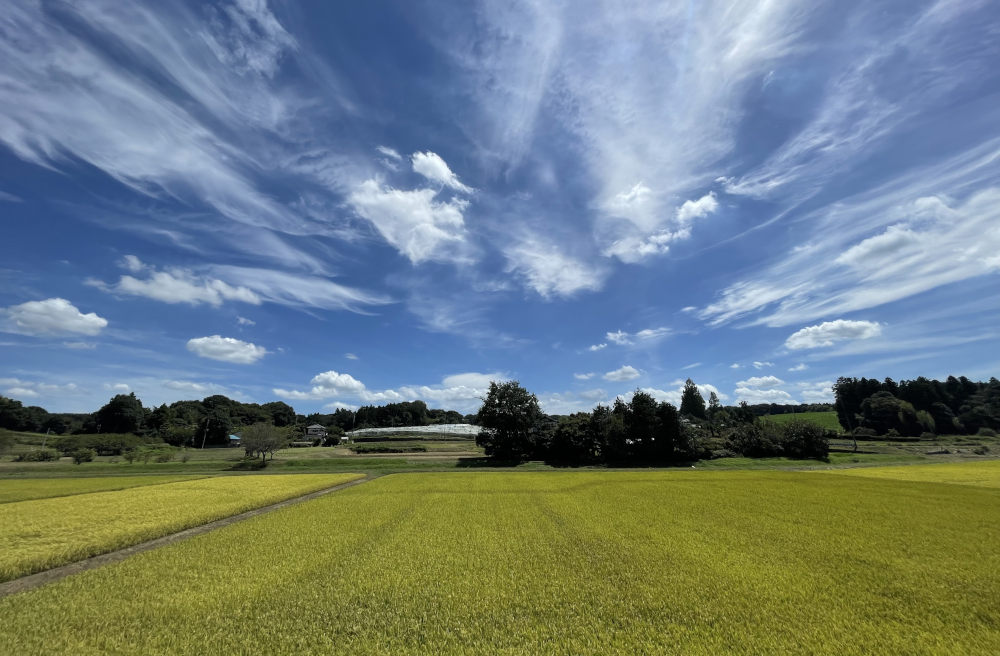
The Bato Hiroshige Museum of Art is dedicated to Ukiyo-e paintings – colourful woodblock prints by Utagawa Hiroshige, who was immensely popular during the Edo period (around 1603-1868). Ukiyo-e means, ‘pictures of the floating world’, and the museum is a spectacular showcase of some of the finest hand paintings of their kind. The building itself is a sight to behold, and was designed by architect Kengo Kuma, who also counts designing the Tokyo Olympic Stadium amongst his proudest achievements.
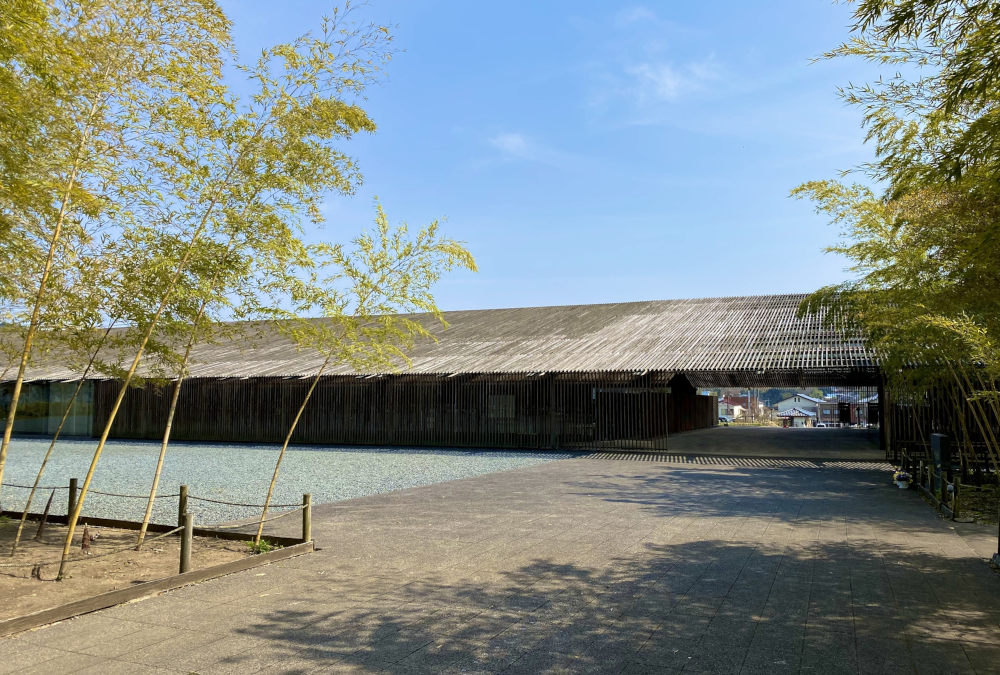
There are several other museums in the town that are worth finding time for in your itinerary – including the MOB Museum of Alternative Art (please check with the museum before traveling as it is closed for some days during the winter season). For something a little different, the Koisagoyaki Pottery Experience at Fujita Ceramics Centre is a must-visit during your time here, and will give you the chance to try your hand at painting, hand building and wheel throwing using local clay. If you’re the creative type, then it’s bound to be plenty of fun, but even if pottery and art aren’t your forte, there’s something profoundly therapeutic about taking on a mindful task like this amidst such breath-taking natural surroundings. Koisagoyaki is a historic ceramic art that is officially recognised as one of the prefecture’s traditional crafts, so if you’re looking to really get a feel for the region’s heritage, then this is a great way to do it.
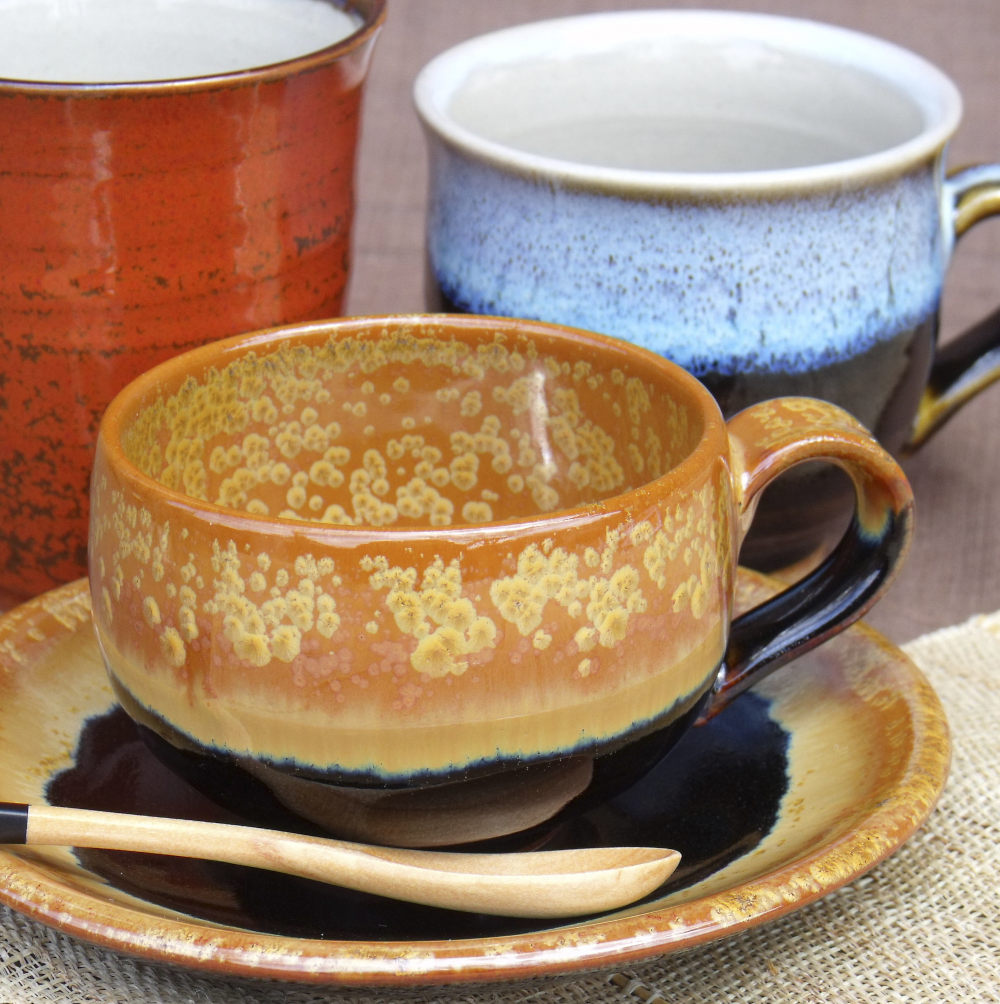
If you’re visiting the town as a family, then children will love the Nakagawa Aquatic Park, which is home to one of Japan’s largest river aquariums. Here, aquatic life from everywhere from the local Nakagawa River to the Amazon River in South America, and many other corners of the world, are showcased across more than 60 tanks of varying sizes. It’s a unique chance to see freshwater species in their element, and is certain to be a highlight for kids and adults alike.
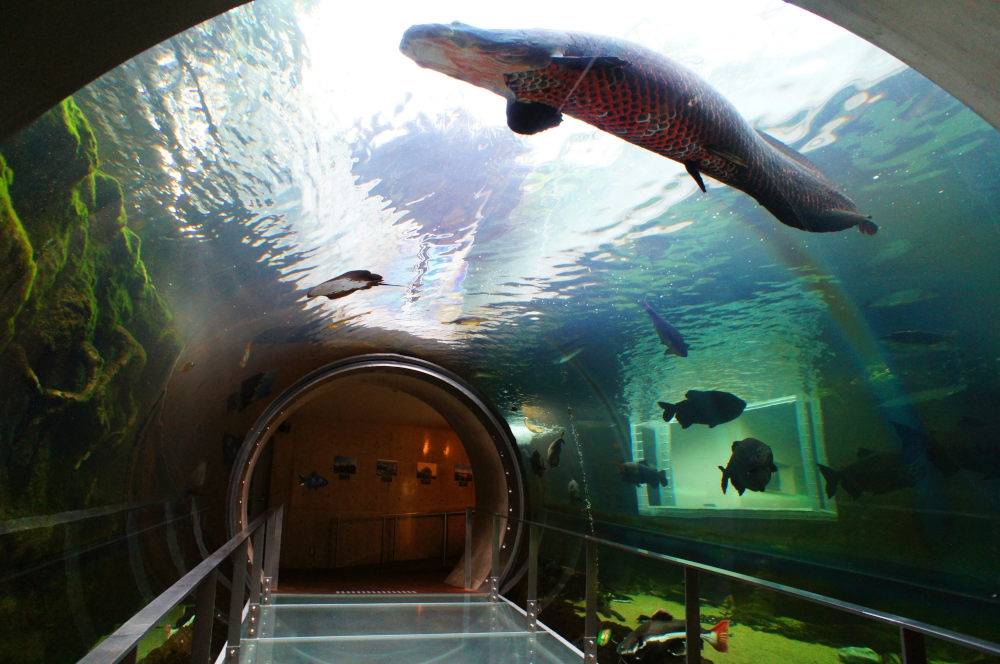
Where to stay
Iizukatei Hotel
This luxurious 200-year-old cultural property turned hotel is the ultimate place to base yourself whilst exploring Nakagawa Town. With spacious, traditionally-decorated rooms and well-preserved architecture, it promises an authentic Japanese experience.
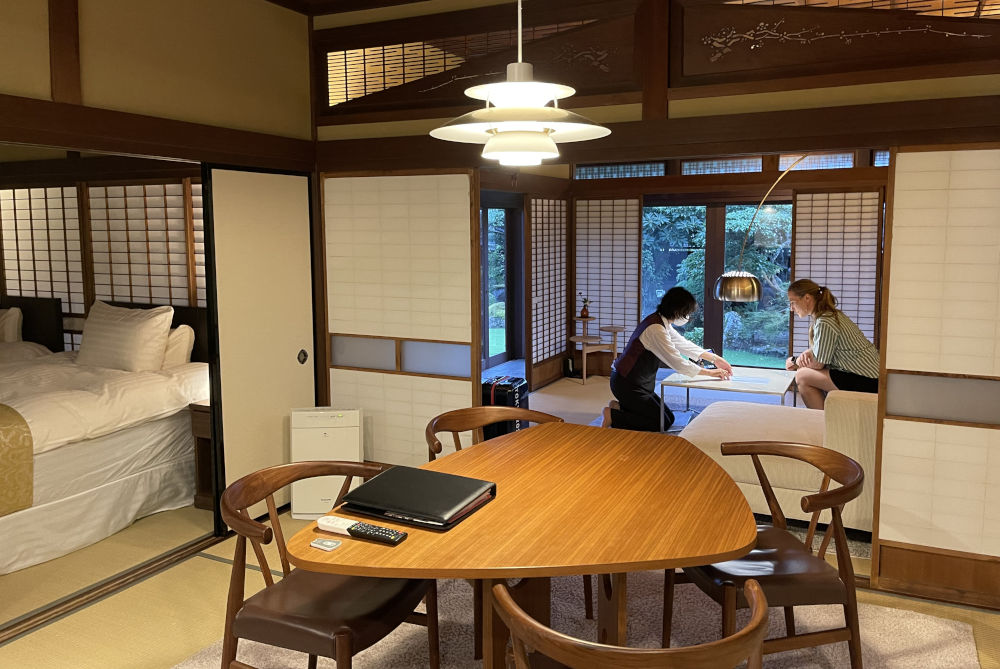
Where to eat
If you’re staying at Iizukatei, then a traditional farm stay dinner is a must. Other local dishes to indulge in include Ayu fish, soba noodles and kakigori in the summer months.
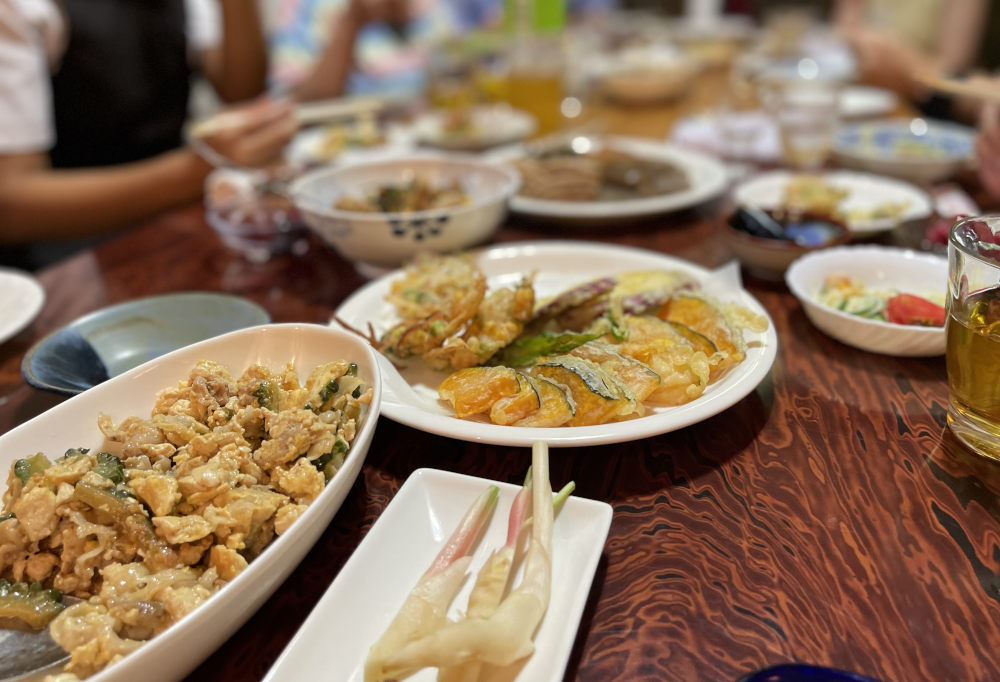
Nasukarasuyama City
A 30 minute drive south from Nakagawa Town will take you to Nasukarasuyama City, which is also reachable by train from the JR Utsunomiya station in around 50 minutes. You simply need to take the JR Karasuyama Line and get off at Karasuyama Station.
A small city nestled amidst breath-taking Japanese countryside, it’s best known for its annual UNESCO World Heritage outdoor kabuki festival, the Yamaage Festival, which takes place each July. Kabuki, if you didn’t know, is a classical form of Japanese theatre that mixes dramatic performance with traditional dance, and the festival is a vibrant celebration that attracts visitors from across the globe.
For a more peaceful experience, autumn is the perfect time to visit, and to immerse yourself in the serene natural beauty and intriguing cultural experiences this stunning city has to offer.
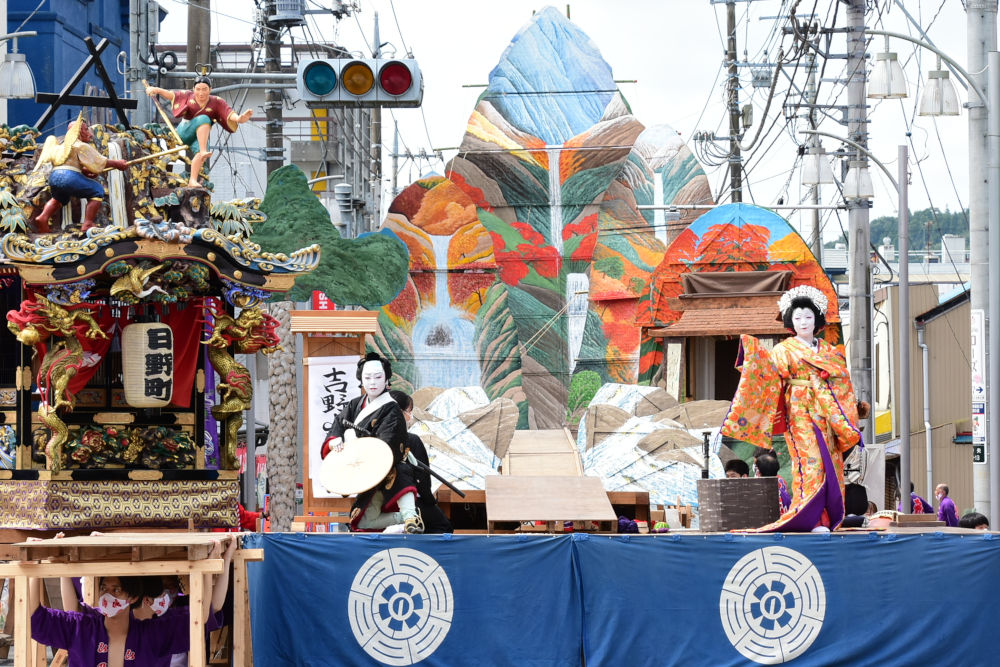
The captivating Ryumon waterfall, on the Egawa River, cascades dramatically below the Karasuyama Line, making it a popular photo spot where tourists scramble to get beautiful photos of the trains passing above the waterfall. But more than that, this majestic spot, which stands at 20 metres in height and 65 metres wide, is a place to stand and simply marvel at the magic and power of nature.
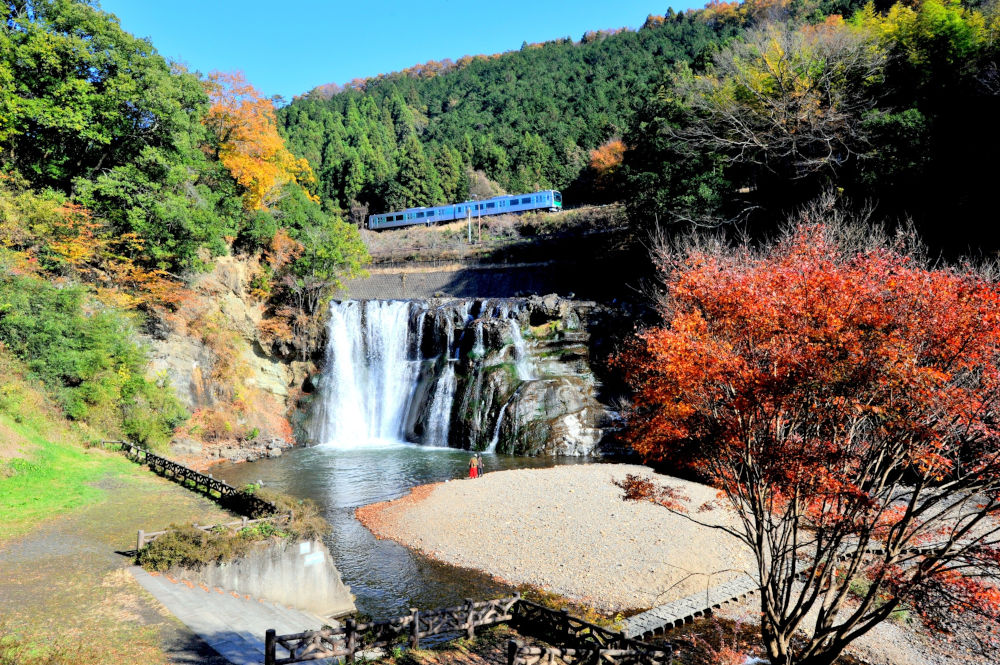
If you’re planning on visiting the falls, then get off the train one stop earlier at Taki station, before you reach Karasuyama station. The same applies if you’re heading to the Shimazaki sake brewery’s cave (also known as the Cave Brewery), where IWC Trophy award-winning sake is aged in a unique cave that was hand dug during WWII. Called Uroko, this one-of-a-kind sake is a must try. You can also book a private tour of the cave, which comes complete with a VIP tasting experience.
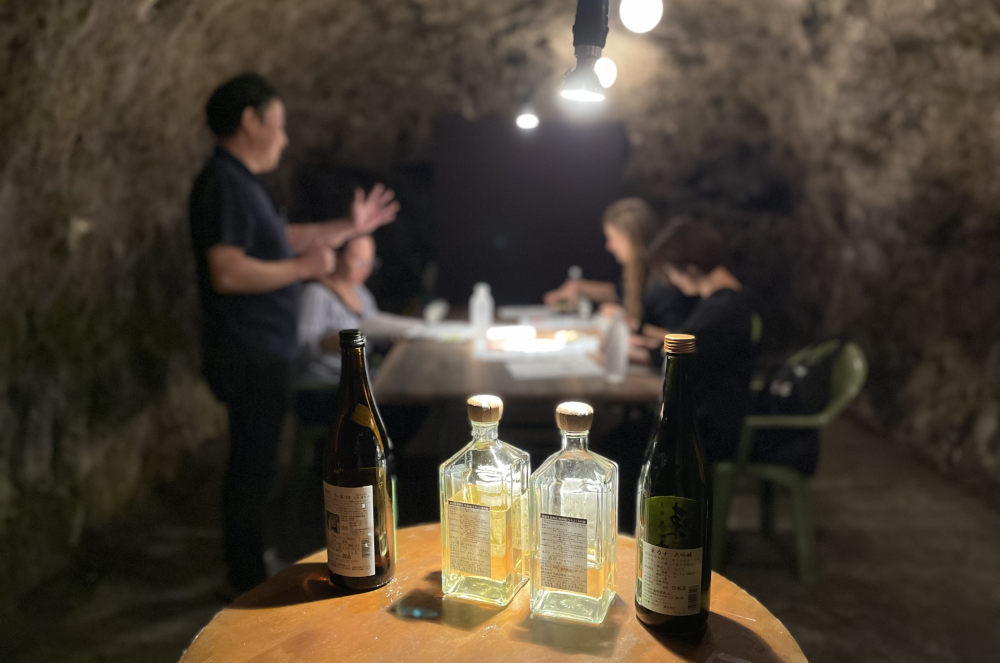
Nasukarasuyama City is also famous for Japanese washi paper, and the Washi-no-Sato is a papermaking studio in the mountains where you can see handmade Japanese Washi paper being made. With 1,200 years of history behind it, it’s steeped in culture and tradition, and offers a chance to learn about the craftsmanship required to make washi so that you can then have a go yourself.
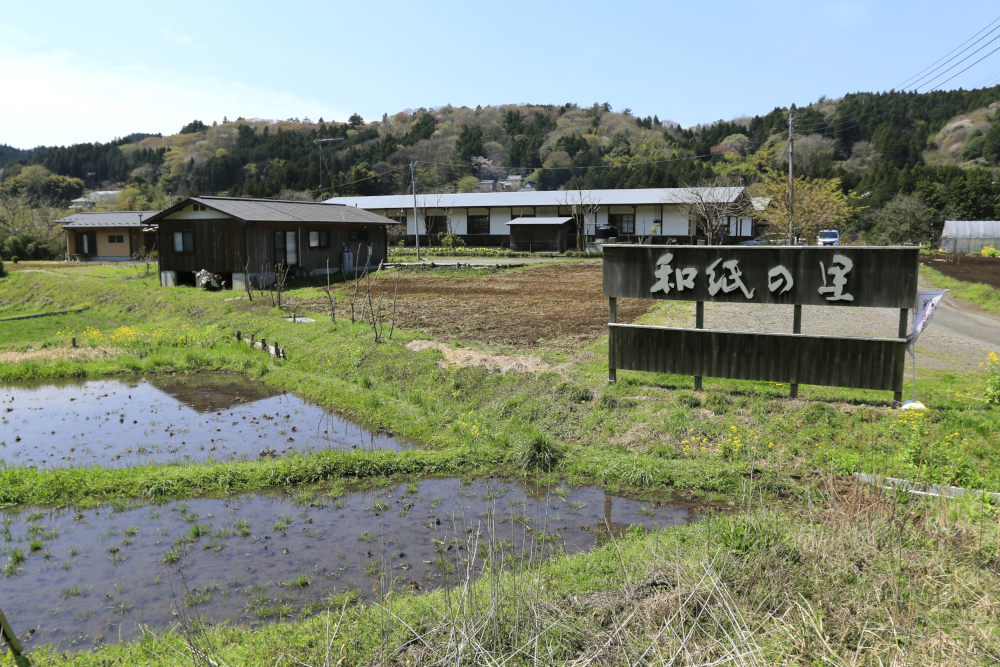
Where to eat
Head to Syogetsuan for some delicious traditional soba noodle dishes, or visit famous steak restaurant Clover Steak House for a mouth-watering dining experience.
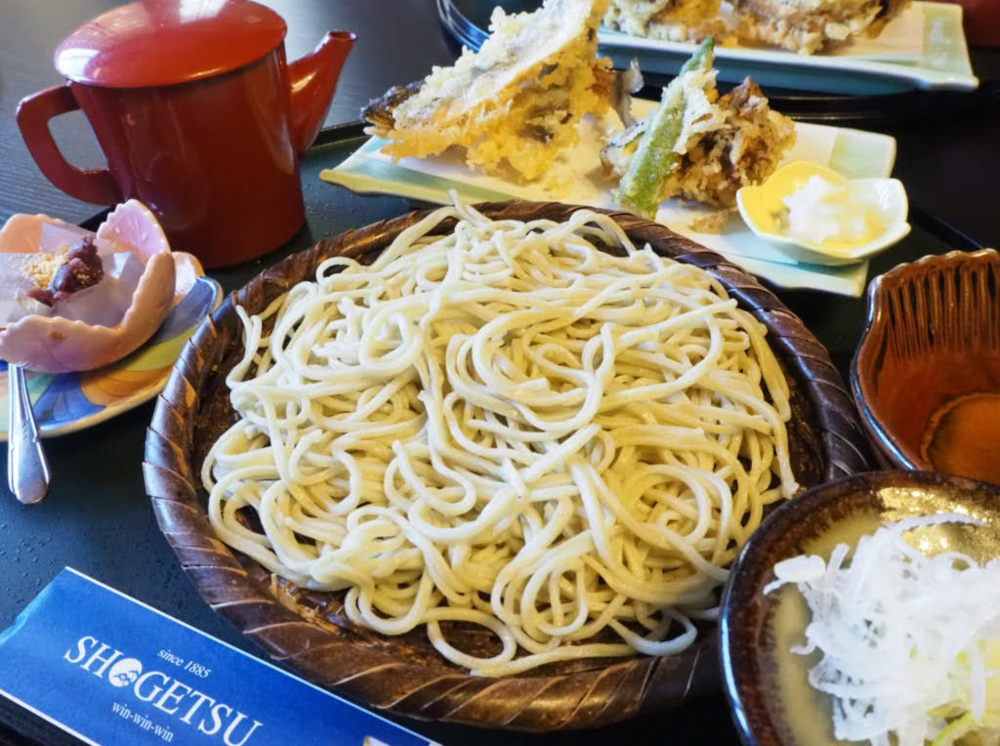
Tochigi City
A traditional town with buildings from the Edo period, Tochigi City shares a name with the prefecture in which it’s located. It prospered during the Edo period thanks to its privileged location on the Uzumagawa River, which connected it with the then capital of Edo (which we now know as Tokyo).
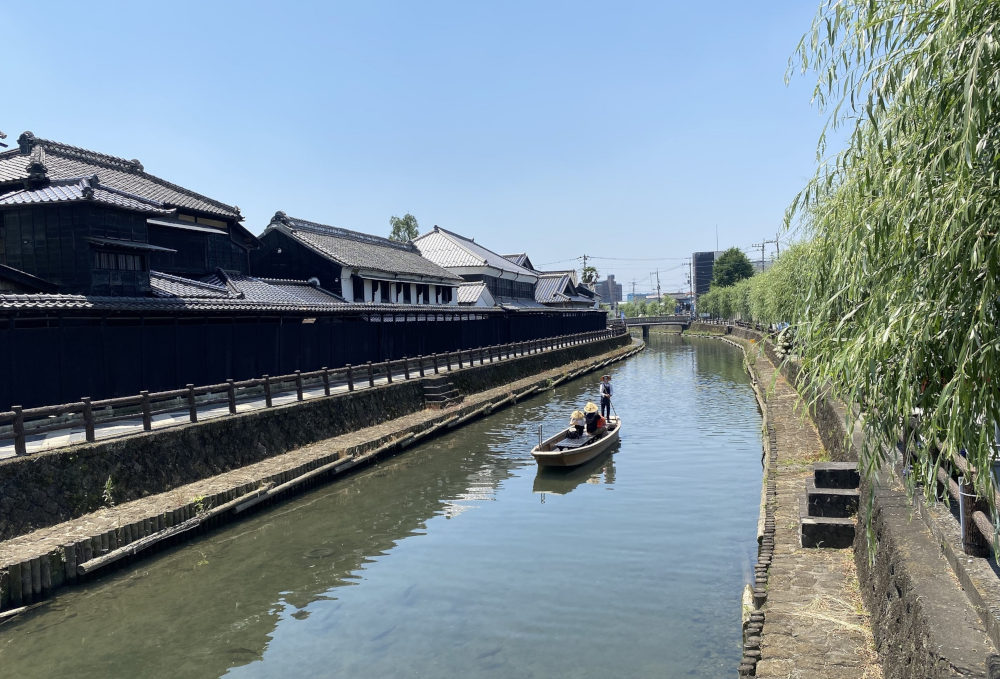
At that time, envoys from the Imperial Court in Kyoto would travel through Tochigi via the Reiheishi-way to pay a visit to Shrines and Temples of Nikkō. Tochigi soon became a popular merchant town. The main street as well as Kaemon-cho Street was lined with large black-lacquered warehouses and white-walled storehouses which still stand reminding us of the prosperity of that time.
Fortunately, the city escaped damage during World War II, which means its historic temples and traditional storehouses and shops remain intact, and are available for visitors to Tochigi City to explore. There are many impressive Edo period buildings to peruse, as well as several small museums.
Samurai Shoai, a unique indigo dyeing studio in the city offers a chance to see the region’s traditional dyeing method – which is chemical free – in action. Kind to the environment and human skin, the leftover dye is used as a natural insecticide for growing organic fruits and vegetables, including mangoes – which were recently served at the 2023 G7 ministerial meeting on Gender Equality and Women’s Empowerment in Nikko, Tochigi in the Ritz-Carlton Nikko!
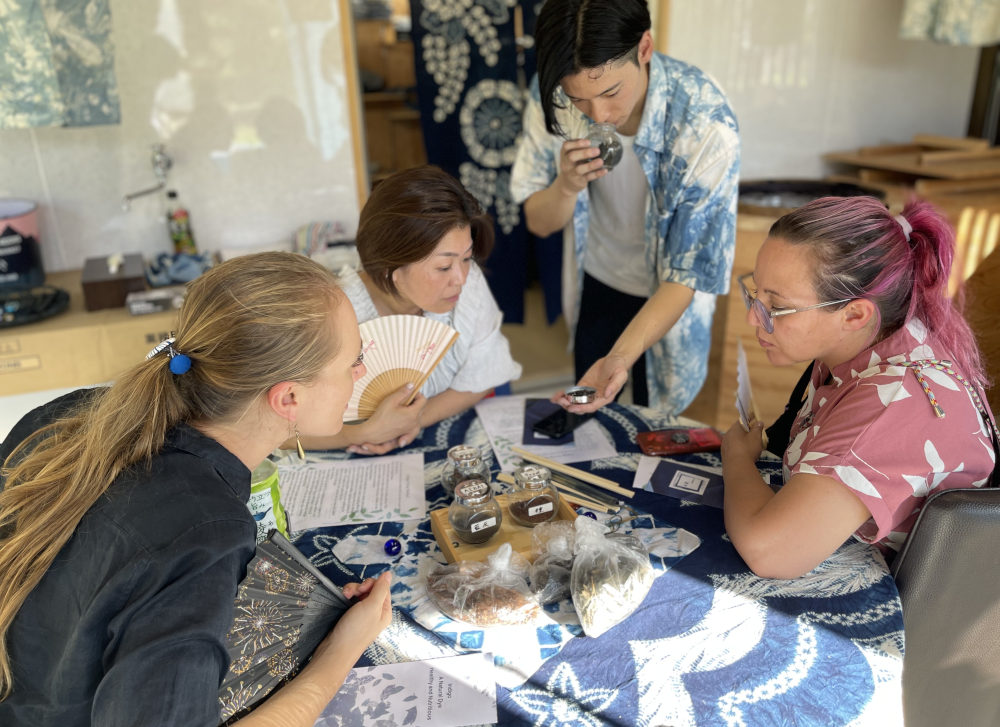
During your visit, you’ll have the chance to dye an item of your choice and learn about Japanese indigo, as well as what the institution is all about. The studio is operated by a social welfare corporation that aims to serve as a bridge between the economy and welfare by enabling people with disabilities to participate in society through work. Your presence here will be supporting a worthy cause and an environmentally friendly initiative, too.
Also in Tochigi City is Mount Ohira, which is known for its annual hydrangea festival. Also known as Hydrangea Hill, it’s best visited at the beginning of the rainy season which is typically from mid-June to early July, when its 2,500 colourful hydrangeas are in full bloom. It really is a sight to behold, and certainly one that’s worthy of Instagram – so don’t forget your camera.
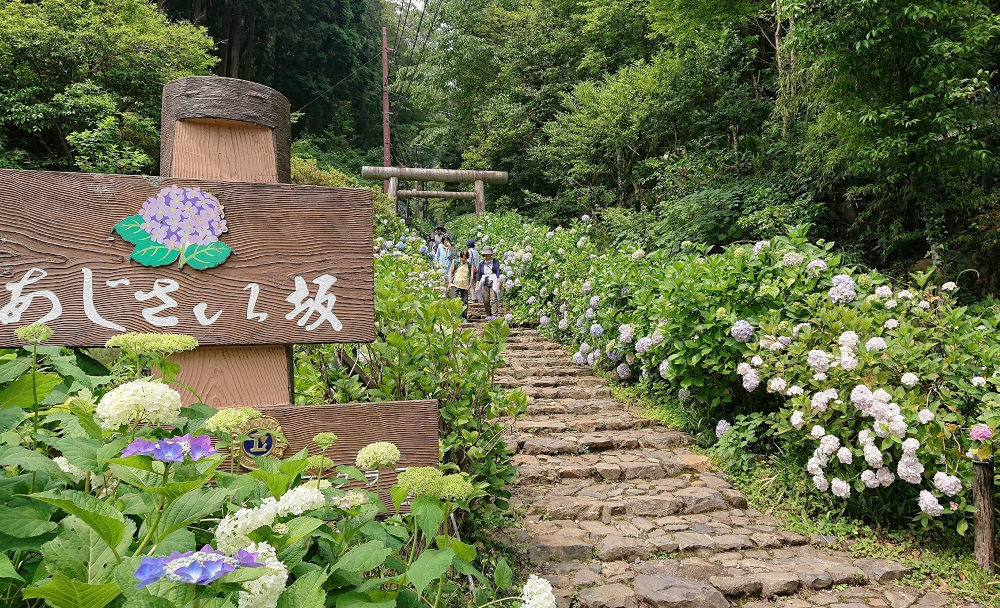
Every two years, in November, Tochigi city hosts the Tochigi Float Festival – a traditional Edo-style festival that showcases beautifully decorated floats and taiko drummers in a spectacular parade through the city. It isn’t the only festival to take place here. Every year around November, the Tochigi Utamaro Festival, named after the Ukiyo-e Edo artist, will whisk you back in time through Japanese art. With exhibitions and pop-up events, plus a stunning boat parade, if you happen to be visiting in the autumn months then be sure to add it to your itinerary.
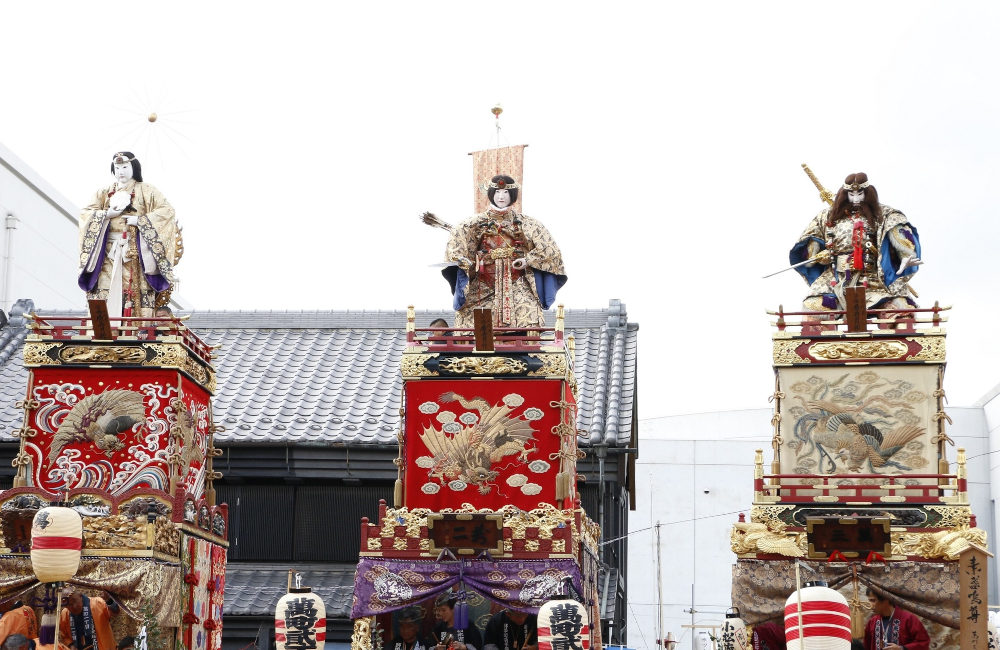
Where to stay
Business and Activity Chanvre
Business and Activity Chanvre is a newly opened western style business hotel conveniently located just beside Tochigi station.
Kanahan Ryokan
A traditional Japanese style hotel in operation since the Edo period more than 200 years ago. Conveniently located in the historical district, the Kanahan Ryokan offers a truly unique experience.
Where to eat
Café Bazzar
For a cosy atmosphere and tasty western style food in a cool interior head to Café Bazzar a restaurant converted from an 80-year-old traditional Japanese house.
Genki Café Tatsumoto
Genki Café Tatsumoto is a local Dining bar popular with overseas visitors. Friendly and lively atmosphere where you can meet friendly locals.
Kanahan
Located in the historical district, Kanahan Ryokan offers traditional Japanese food.












